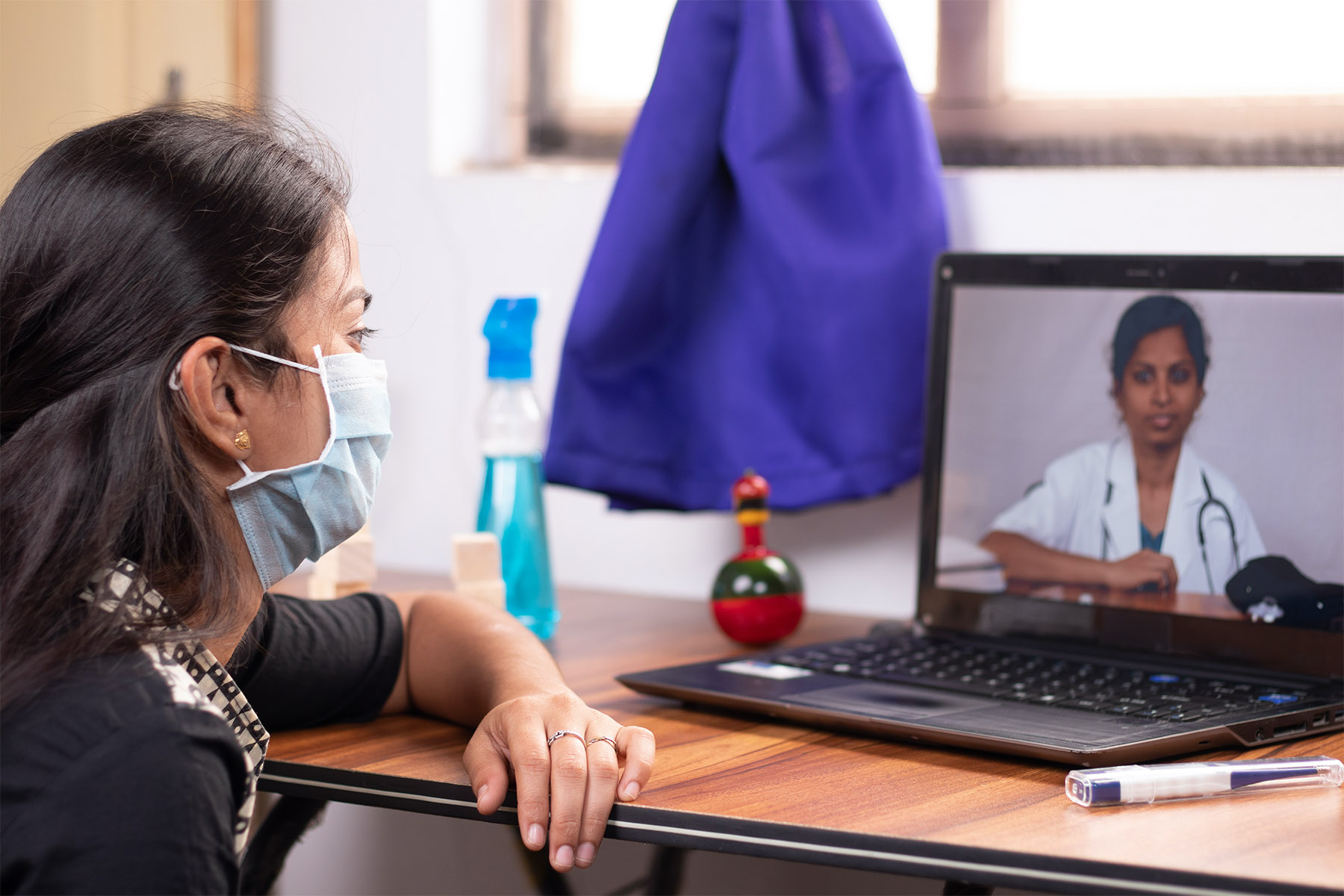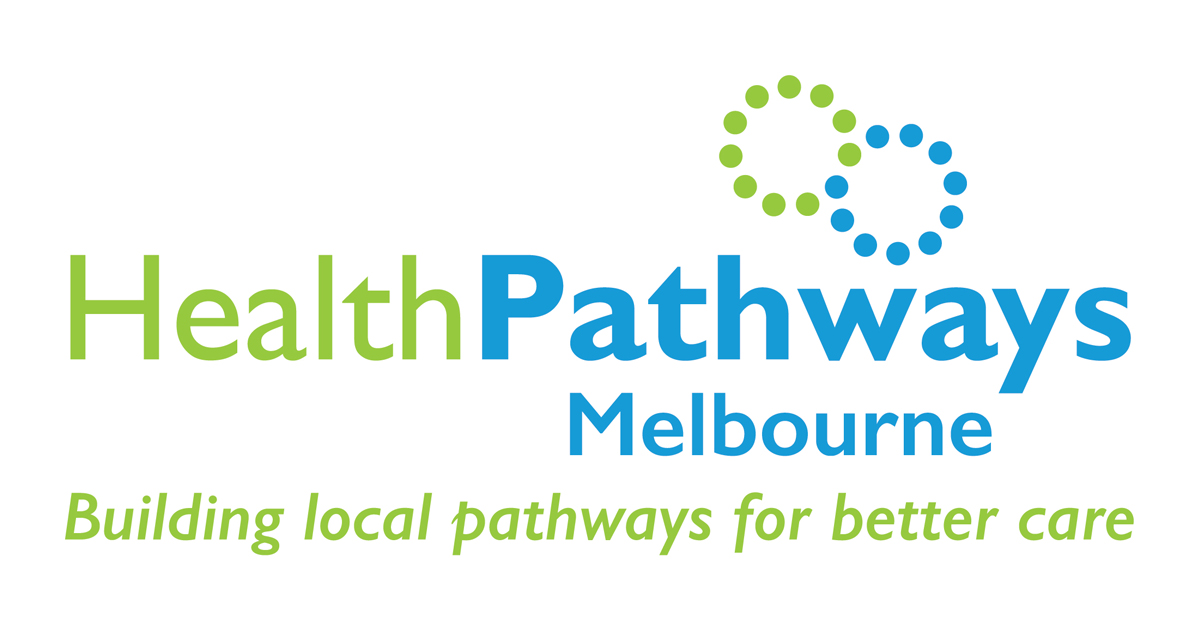
This article outlines the different primary care pathways for managing low risk COVID-19 patients in the North Western Melbourne Primary Health Network (NWMPHN) region at the time of publishing. For the latest clinical and referral information visit HealthPathways Melbourne.
The National COVID-19 Taskforce and Safer Care Victoria have developed guidelines for general practices to manage low-risk COVID-19 patients in the community. Low-risk patients include those with no or mild COVID-19 symptoms. The Taskforce has published definitions of mild and moderate to severe COVID-19 that include advice for management and escalation.
Local management pathways
Patients who test positive to COVID-19 in the NWMPHN region are now being managed through a local care pathway. At the time of writing:
- The Royal Melbourne Hospital (RMH), Western Health, Mercy Health, Djerriwarrh Health Services (DJHS) and cohealth are working under one model for the central and north western regions.
- Austin Health are working with Banyule Community Health, Your Community Health and HealthAbility (previously Carrington Health) on a separate model for the north east.
- St Vincent’s Hospital are currently managing COVID-19 patients in the St Vincent’s catchment internally but are working with NWMPHN to develop a pathway to transition care back to the patient’s usual GP. More information on the development of this model will be available in our enewsletters soon.
- Northern Health’s model involves hospital management of COVID-19 patients.
The pathways are designed to provide safe, high quality care, including community-based care, for low risk COVID-19 positive patients, with escalation mechanisms to higher levels of care if required. In all models, the emphasis is on linking low risk patients with their usual GP for care. Low risk patients who do not have a regular GP will be connected with a local GP for their care. Medium and high-risk patients are cared for by a local health service.
The models include an assessment of clinical and social risk factors, as experience has shown that patients often have social risk factors that can affect their ability to isolate or quarantine.
Role of the GP
GPs receive a clinical handover of each patient who has been enrolled in any of the low risk pathways. GPs are then asked to perform regular telehealth assessments of the patients. Current guidelines suggest:
- Days 1 to 4 – check in at least every third day
- Day 5 until resolution of symptoms – check in at least every second day
All telehealth consultations are funded through the Medicare Benefits Schedule (MBS), as per the MBS guidelines.
HealthPathways Melbourne 
HealthPathways have been developed for each model to outline the assessment and management of patients, criteria for escalation and discharge, and details on the data systems that support the pathways. Access these HealthPathways:
- NW Melbourne COVID-19 Primary Care Management (RMH, DJHS, Mercy, Western)
- NE Melbourne COVID-19 Primary Care Management (Austin Health)
If you do not have access to HealthPathways Melbourne, please request access or contact info@healthpathwaysmelbourne.org.au
Note on isolation
GPs are able to discharge patients from their pathway but not from isolation. The Public Health Unit at the Victorian Department of Health and Human Services is responsible for clearing patients from isolation.
More information




